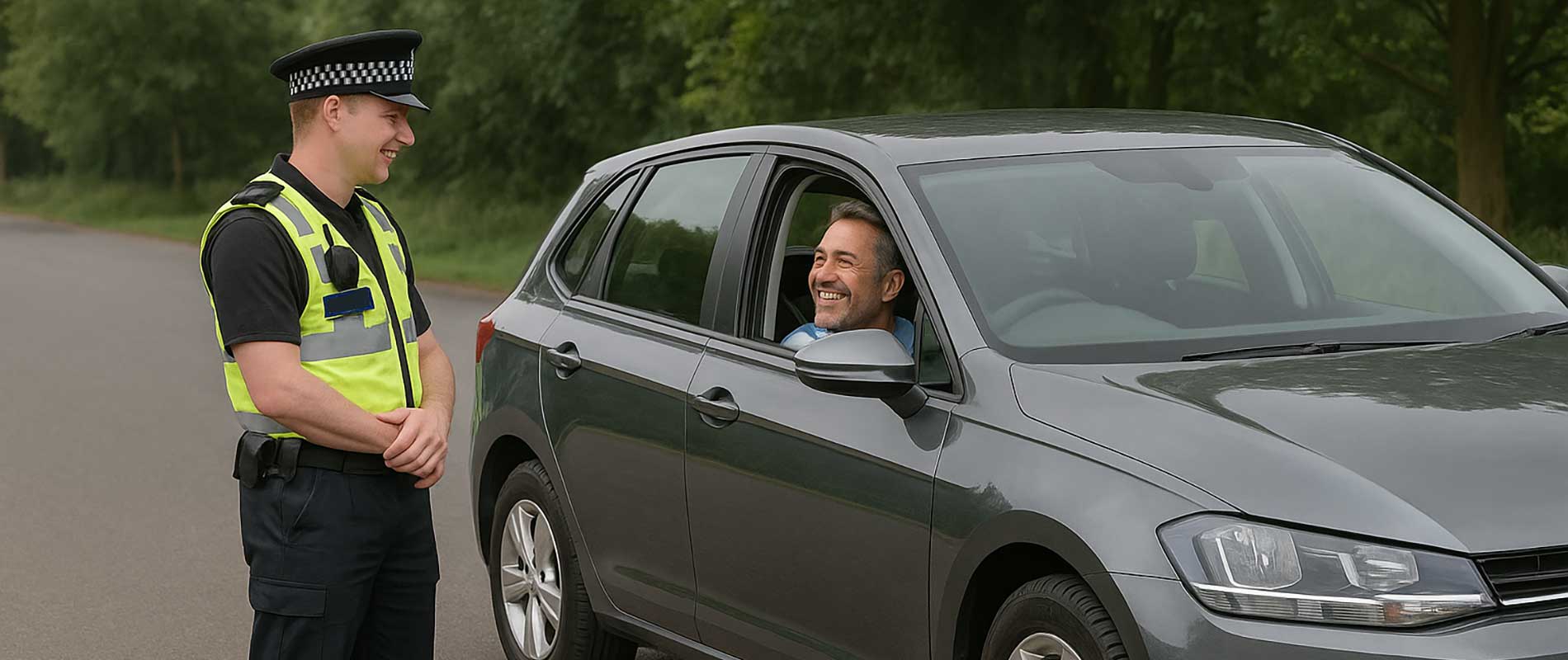Why insurers judge risk the way they do
Insurance companies aren’t trying to be unfair when they quote higher prices for drivers with convictions or claims on record. They work from statistics, not hunches. The data tells them that certain patterns; speeding, drink-driving, repeated claims; often lead to more accidents. So they charge accordingly. It’s not personal, though it can feel that way when you’re the one paying the premium.
Every insurer has its own formula for measuring risk. They look at the type of conviction, how recent it was, and whether it forms part of a wider pattern. A single lapse from years ago won’t carry the same weight as a cluster of offences in quick succession. Even the kind of car you drive, your postcode, and the times you tend to be on the road can shift the calculation slightly.
The bigger picture behind the price
Most people assume insurers just look at your past and punish you for it. In truth, they’re more interested in what your future behaviour might be. Their goal is to predict who’s more likely to make a claim next year, not who slipped up last decade. That’s why things like steady employment, owning rather than borrowing a car, or building a no-claims bonus can soften the impact of a conviction over time.
Some drivers find it frustrating that premiums stay high even after years of careful driving. The reason is simple: risk models change slowly. It takes time for enough new data to show that a driver has turned a corner. Until then, insurers err on the side of caution. The upside? Each renewal is a fresh chance to prove you’re lower risk than before.
Common factors that raise red flags
Some issues almost always push prices up. Multiple speeding fines suggest habit rather than accident. Drink- or drug-related offences tend to double premiums straight away. Claims for careless or dangerous driving sit somewhere in the middle. Then there are softer factors: high-performance cars, late-night commutes, urban parking; all of which make an insurer’s algorithms twitch a little.
What’s often overlooked is how much small choices matter. Switching from a powerful coupe to a modest hatchback can drop premiums more than a year’s no-claims bonus. Adding a named driver with a clean record, or parking off-street, helps too. These are the quiet adjustments that show responsibility and reduce perceived risk.
Specialist insurers see things differently
Not every company takes a rigid approach. Some insurers specialise in higher-risk drivers because they understand the market is full of people rebuilding trust. They look deeper than the headline conviction. If you’ve completed a rehabilitation course, for example, or kept a spotless record since, they’ll often factor that in. The same applies if you’ve shown stability; same address, steady job, regular mileage.
These smaller firms can be more flexible, though they still rely on the same basic data. What sets them apart is their willingness to listen and weigh your story, not just your record. That’s why comparison platforms that include specialist providers tend to offer a fairer picture of what’s possible.
Rebuilding your record and reputation
The good news is that risk isn’t fixed. It changes as your habits do. Each claim-free year chips away at your record. Each sensible decision; a safer car, lower mileage, voluntary excess; nudges the algorithm in your favour. Over time, your premium begins to reflect who you are now, not who you were then.
Understanding how insurers see risk puts you back in control. It reminds you that insurance isn’t just about punishment; it’s about probability. And probabilities, thankfully, can be changed with patience and steady driving. Keep that in mind the next time you open a renewal email and wonder if it’s worth shopping around. It usually is.

